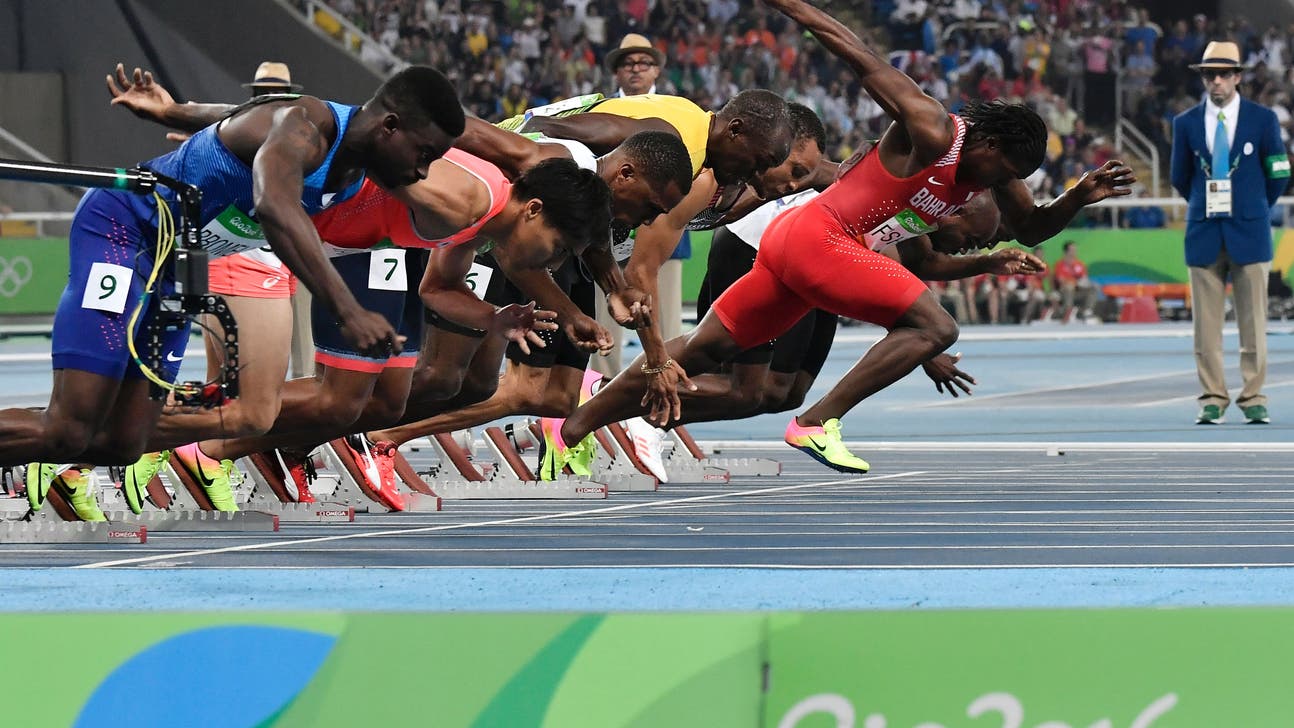
Olympic track's false-start rule is harsh, but it's not cruel and shouldn't change

After some high-profile Olympic track false starts that led to weeping athletes and an inevitable sense of fan sympathy for those tearful runners who spent four years training for a single moment only to have it ripped away because of quick-twitch muscle fibers reacting too quickly, there have been renewed calls for track to change the controversial one-and-done false start rule that has felled some of the sport's biggest stars since its creation in 2010.
The rule states that any false start in a track race leads to disqualification which sounds pretty fair, right? You jump, you're out. Have the self-control to not go early. These things happen though - at events big and small, to races anonymous and world famous. There's no room for interpretation. It's just the rule. Usain Bolt, who supported the rule when it was implemented, didn't criticize it after he got DQ'd at the 2011 world championship final for his way-too-early start and others don't seem to either. So what has American press and viewers all in a bunch?
Evidently some people think this is unfair because ... well, I'm not sure what the beef is. There's been a ton of talk about it this week even though no huge star has been affected yet I still haven't read a coherent reason why it's unfair other than it stinks to work four years and get DQ'd. No argument there. It's a horrible Olympic fate.
But so is falling during a race, coming in fourth place by two-hundreths of a second or clubbing with Ryan Lochte. Nothing is perfect. We can't legislate out sporting pain and suffering. It's kind of why we watch. But that hasn't stopped people from trying.
The two proposed fixes to the rule aren't fixes at all - they're the two previous rules that were altered because they were even worse:
1. Charge the first false start to the field, then have the next false start lead to an individual disqualification.
For instance, the guy in lane 7 goes early. He stays in the race and now the next false start gets eliminated.) This was the rule before it was changed in 2010 to our current zero-tolerance policy.
There was a big problem with this: You'd often - not always, but often - see slower runners break out of the block on purpose to get the false start on the field and put pressure on the runners who try and win the race with a quick-reaction time out of the block. So once that happens, then we're right back to where we are now: One false start and you're out.
2. Go back to the old way, when everybody would get one false start.
Please no. The IAAF changed this rule for a number of reasons that can all be boiled down to the fact that it could take five minutes for a race to start with people testing their starts or just trying to playing mindgames with opponents. It's not as if the sport is exactly booming worldwide right now (the track world shudders at the thought of what happens when Bolt hangs up his spikes). The last thing it needs is an orgy of restarts for reasons personal, strategic or whatever thus stretching out a 10-second race to 10 minutes.
The new rules have worked, by the way. At the 2008 Beijing Olympics there were 33 false starts in track races. At the 2011 world championships, the first major meet with the one-and-done rule in place, there were 10.
You want a new rule? Here's a new rule: Don't false start. It's pretty easy to do. You just don't do it. When the starter says "on your mark," you get into racing position and then don't move until the gun sounds. It's literally the easiest task at the Olympics. If you have a fast reaction time, bully for you. If you don't, too bad. It's part of the race.


